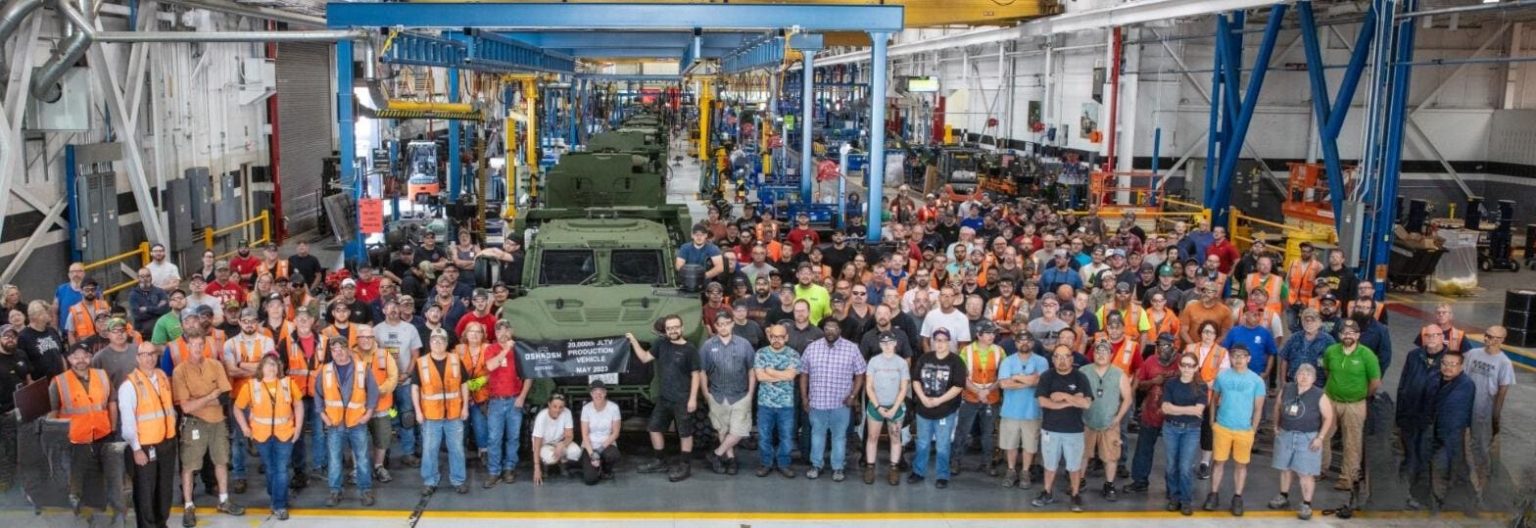A report released last week asserting that top global defense companies saw their top lines decrease in 2022 surprised noted analyst, Richard Aboulafia.
Aboulafia is managing director of consulting firm, AeroDynamic Advisory, and a widely followed analyst and commentator in defense-aerospace circles. He was reacting to the annual global arms sales report from the Stockholm International Peace Research Institute (SIPRI).
I wrote about its conclusions last Friday, the chief of which was that the top 100 global defense industry firms actually saw their revenues decrease last year as conflicts and weapons demand soared.
“I knew the situation was bad,” Aboulafia told me in an email response to questions about the report, “but I thought it would be a flat or slightly up year, rather than a declining year.”
Revenues generated by the 42 U.S. defense firms in the top 100 accounted for 51 per cent of the total arms revenue of the group. But their aggregate arms revenues fell by 7.9 per cent to $302 billion in 2022. The decrease in corporate top lines was broad-based. Among the 42 US companies, 32 recorded a decline in year-on-year arms revenue.
Most of the firms surveyed by SIPRI cited ongoing supply chain issues and labor shortages stemming from the Covid-19 pandemic. As I noted in my Friday piece, the attribution of supply chain and other issues to the Pandemic now seems cliche over three years since its beginnings.
I wondered how much of the bottlenecks U.S. defense firms claim they have faced stemmed from factors beyond their control versus poor internal management-planning and focus on non-essential imperatives?
In response, Aboulafia said, “The Western nations have created the most free market defense industrial base ever, anywhere. We might have gone too far. Unfortunately, in fact, some of it has become a poster child for late-stage capitalism. It will take many years to restore it to the necessary level of capacity.”
One of the standout findings of the report is SIPRI’s assertion that Asian and Middle Eastern producers saw revenues grow as opposed to Western firms thanks to what the Insitute described as an ability to respond to increased demand within a shorter time frame driven in part by “ever warm” production lines in places like South Korea.
Aboulafia downplayed the significance of the reported Asian-Middle Eastern revenue growth, stating, “I don’t think it means very much. Output from these companies is pretty minimal. And of course, they have equally minimal civil aviation manufacturing sectors, so there’s less competition for skilled labor.”
SIPRI attributed the outperformance of Asian-Middle Eastern firms to reliance on local suppliers and more consistent government investment. On the willingness of Asian governments to invest heavily in defense, Richard Aboulafia agreed but he qualified their ability to rely on indigenous production.
“Defense sovereignty is very much back in vogue,” he said. “But I’m not at all sure about reliance on local suppliers. Most of these primes still depend on imports of Western systems and subsystems, which means they have a lot of the same bottlenecks faced by legacy Western primes.”
SIPRI’s finding that European firms in the top 100 experienced modest (0.9 percent) revenue growth and its conclusion that they should be expected to grow at a faster pace in 2023 met skepticism from the analyst.
“It isn’t looking great,” he said of the European sector’s 2023. “Some programs, particularly Rafale, A400M, NH90, Eurofighter, and others are stumbling, either for production reasons or demand reasons. France is particularly vulnerable because a national vertically integrated industrial base is very hard to scale up.”
Among the few other notable observations in the report was its finding that Turkish defense firms had driven Middle Eastern arms revenue growth, outperforming their peers in the region as well as Europe and the U.S.
SIPRI credited their performance ($5.5 billion in revenue—22 per cent more than in 2021) to simpler, easier to ramp-up systems which were snapped up for use in the Russia-Ukraine War. But it could be argued their performance was the result of a pivot to domestic production driven by US/NATO reluctance to sell systems to Turkey for strategic/political reasons.
“There’s both at work here,” Aboulafia affirms. “Obviously, cheap drones are easy to ramp, but also the country is more inwardly-focused in weapons sourcing, partly due to political reasons but also due to rampant inflation and a desperate need by Erdogan to look like he’s managed something competently.”
With arms demand widely perceived as soaring in 2023, it will be fascinating to see what story the Stockholm Institute’s 2023 report will tell. But as with most thinktank-generated studies, Aboulafia’s individual take makes obvious that it’s only part of the global arms sales story.
Read the full article here





